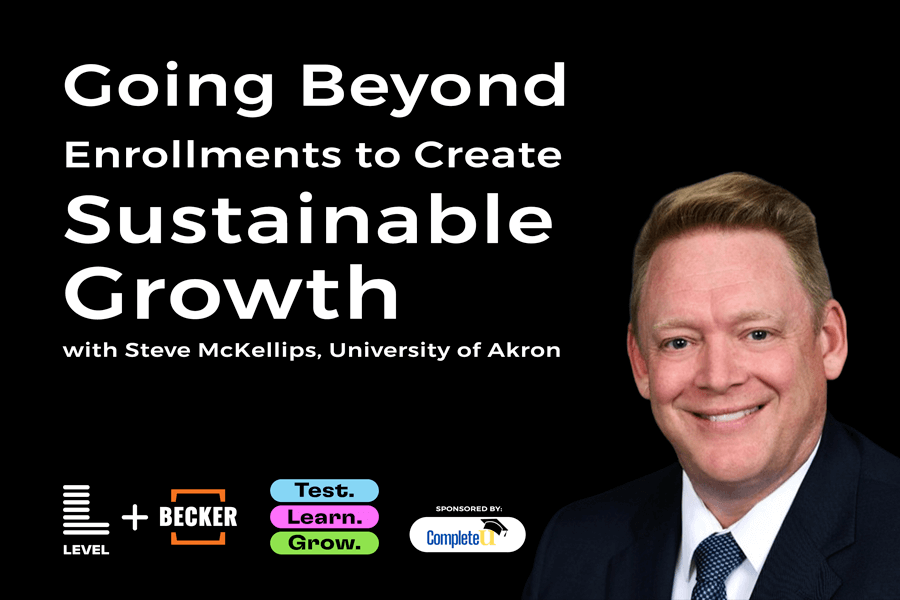As B2B marketing leaders, we stand at the precipice of an era of major change. The B2B buyer’s journey has been drastically reshaped, accelerated by the disruptive waves of the pandemic and rapid technological advances. This post and associated podcast episode aim to dissect the key evolutions in the B2B buying process and deliver actionable insights to empower marketers to pivot, adapt, and thrive in this reimagined marketplace.
Rethinking the Funnel: Embracing the Complexity of the Modern B2B Buyer’s Journey
Once upon a time, the B2B buyer’s journey fit snugly within the linear construct of the marketing funnel, running predictably from awareness to consideration and culminating in the decision. However, modern buying behavior has made a dramatic departure from this neat and tidy model. Today, the journey is complex, non-linear, and filled with loops and unpredictable patterns.
Instead of advancing sequentially, today’s buyers tend to meander through the stages, looping back to earlier stages multiple times before making a purchase. This signals a demand for businesses that can simplify their navigation through the buying process. As marketers, we must rise to this challenge by offering content tailored to each stage of this journey – think in-depth guides, insightful thought leadership articles, interactive webinars, revealing case studies, direct competitor comparisons, and transparent pricing details.
Driving Self-Service: The Changing Preferences of the Modern B2B Buyer
The buying process has taken another turn with the influence of Millennials and Gen Z, who are driving a paradigm shift towards self-service in the B2B buyer journey. They’re keen to carry out their own research, form independent opinions, and arrive at decisions on their own terms. The idea of interacting with a salesperson only comes into play when they have solidified their intention to purchase.
As marketers, we need to pivot and cultivate an environment conducive to self-discovery. This includes enriching our websites with detailed FAQs, comprehensive product comparison charts, compelling customer testimonials, straightforward pricing details, engaging video assets, and accessible on-demand demos. Facilitating a self-navigated journey instills greater confidence in buyers, streamlines the sales process, and can lead to more sales qualified opportunities.
Personalizing Value: Engaging Buyers Through Customized Experiences
To truly resonate with today’s discerning B2B buyers, marketers need to craft personalized experiences that deliver exceptional value. The modern buyer anticipates a superior level of customer focus, akin to the attention received in B2C interactions. They expect the brands they engage with to understand their unique needs and serve them accordingly.
As a diverse group, B2B buyers hail from various industries, each at different stages of their journey and with distinct content preferences. As marketers, it’s our responsibility to ensure our messaging and content appeals to these diverse audiences on a personal level. This can be achieved through intelligent audience segmentation and leveraging dynamic personalization technology to offer personalized experiences.
Shifting Metrics: Aligning Marketing and Sales on Revenue Goals
It’s high time we moved beyond mere lead generation to embrace more substantive, revenue-focused metrics. While traditional KPIs such as leads, cost per lead, and marketing qualified leads serve as useful early indicators of success, they don’t tell the complete story. In fact, they might even cause a disconnect with our sales team counterparts who are primarily focused on revenue – the ultimate goal of our marketing efforts.
To truly drive business growth, marketing and sales need to be in lockstep, optimizing efforts that drive not just leads, but qualified pipeline and, ultimately, revenue. This necessitates regular communication about performance and alignment on areas where the business is winning and generating revenue. By aligning marketing and sales efforts, we ensure a cohesive approach towards achieving business goals.
In conclusion, the modern B2B buyer journey demands a different marketing approach – one that acknowledges its complexity, supports self-service, personalizes value, and aligns on revenue-focused success metrics. By embracing these changes, B2B marketers can successfully navigate the evolving landscape and drive meaningful business growth.






